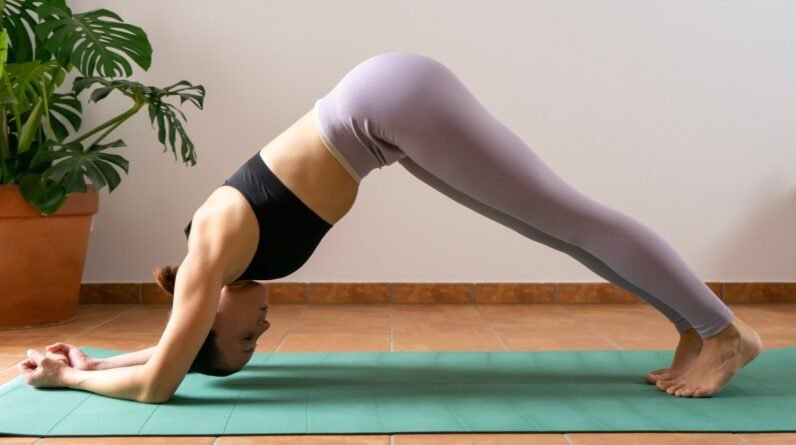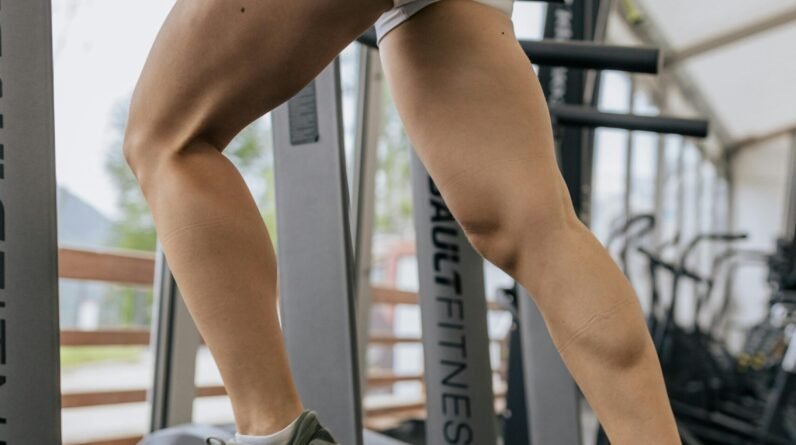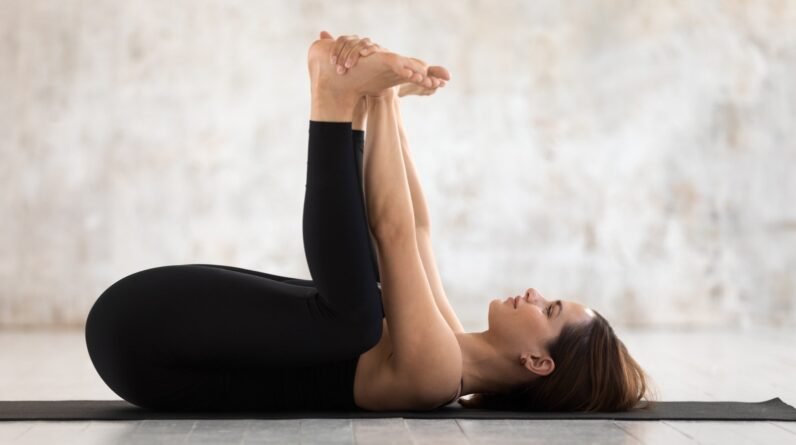
Learn three simple yoga techniques to improve lung health and relieve COPD symptoms. Practices can help you feel better and breathe easily.
Breathing difficulties can lead to serious health problems, one of which is chronic obstructive pulmonary disease (COPD). COPD includes progressive lung diseases like emphysema and chronic bronchitis, making daily life challenging. This condition arises from inflammation in the lungs that restricts airflow, leading to common symptoms including shortness of breath, increased mucus production, wheezing, and coughing. Yoga can be a great exercise option for people with COPD, as it can be tailored to suit different fitness levels. It helps strengthen the lungs and improves breathing and oxygen intake.
What yoga is good for COPD patients?
If you’re looking for specific yoga practices to help with COPD, here are three gentle and practical techniques to guide you through.
1. Siddha Abhyaas
Siddha Abhyaas is an ancient practice from the Himalayas that focuses on breathing, movement, and mindfulness. It helps improve the respiratory system and supports mental well-being. This gentle and effective technique works to balance the flow of prana, the vital life force, through small energy pathways known as nadis.
How it works:
Siddha Abhyaas helps strengthen the connection between your body and breath. Regular practice can enhance your lung flexibility and control over your diaphragm, making it easier to breathe smoothly and steadily. “This technique can help when stress and anxiety arise, which is common for many people dealing with chronic conditions,” Spiritual yogic master Himalayan Siddhaa Akshar tells Health Shots. Siddha Abhyaas can be a grounding practice. It promotes a sense of calm and energy, supporting your long-term respiratory health and emotional balance.
Getting started:
- Find a comfortable space: Sit or stand up straight. Keep your spine erect and your shoulders relaxed.
- Focus on breath: Close your eyes and breathe naturally. “With each inhale, imagine energy filling your body”, says the yoga expert. With each exhale, let go of any tension.
- Incorporate gentle movements: Move your arms and torso in simple ways that match your breath. This will help you pay attention to how your breath fills your lungs.
Expert tip: By practising Siddha Abhyaas regularly, people with COPD can enhance their breathing and experience improved mental clarity.
2. Dwikhand Pranayama?
Dwikhand Pranayama, or two-part breathing, is a helpful technique for people with COPD. It divides the breath into two stages, making it easier to control and deepen your breathing.
Benefits:
Many people with COPD struggle to fully expel air from their lungs or take in enough oxygen. “Dwikhand Pranayama helps with this by encouraging better breathing patterns, which improve oxygen exchange and build stamina over time,” says Akshar. Additionally, this practice helps reduce anxiety, leaving practitioners feeling calm and relaxed.

How to practice:
- Initial preparation: Sit comfortably with your back straight and your feet flat on the floor. It helps to place your hands on your knees.
- Inhale carefully: Breathe in gently and then pause for a moment. Feel the fullness of your breath in your body.
- Complete the inhale: Inhale deeply and fill your lungs. “Then, exhale slowly, breaking it into segments”, shares the expert. Make sure to pause after you have exhaled halfway.
- Repeat: Try to complete 5 to 10 cycles. Pay attention to any changes in your body or breathing patterns.
Expert tip: With regular practice, Dwikhand Pranayama can enhance lung capacity and promote a calm, stress-free mind.
3. Vayusthiti Asana?
Vayusthiti Asana, also known as the Posture of Air Balance, is a simple standing pose that helps improve lung capacity and balance. It increases awareness of how the body is positioned and emphasises deep, diaphragmatic breathing.
Posture and impact:
Vayusthiti Asana is a simple pose that helps open your chest and breathing passages. “This allows you to take in more air,” explains the expert. It also strengthens the muscles in your back and sides, which are important for healthy breathing.
You may also like


Steps to perform:
- Stand tall: Stand with your feet hip-width apart. Let your arms hang loosely by your sides.
- Connecting to breath: Breathe in deeply. Raise your hands and place them over your rib cage. Feel your ribs expand as your lungs fill with air.
- Exhale with intention: As you exhale, focus on relaxing your shoulders and releasing any tension in your upper body.
Expert tip: Incorporating Vayusthiti Asana into your daily routine can enhance your posture and facilitate easier breathing.







